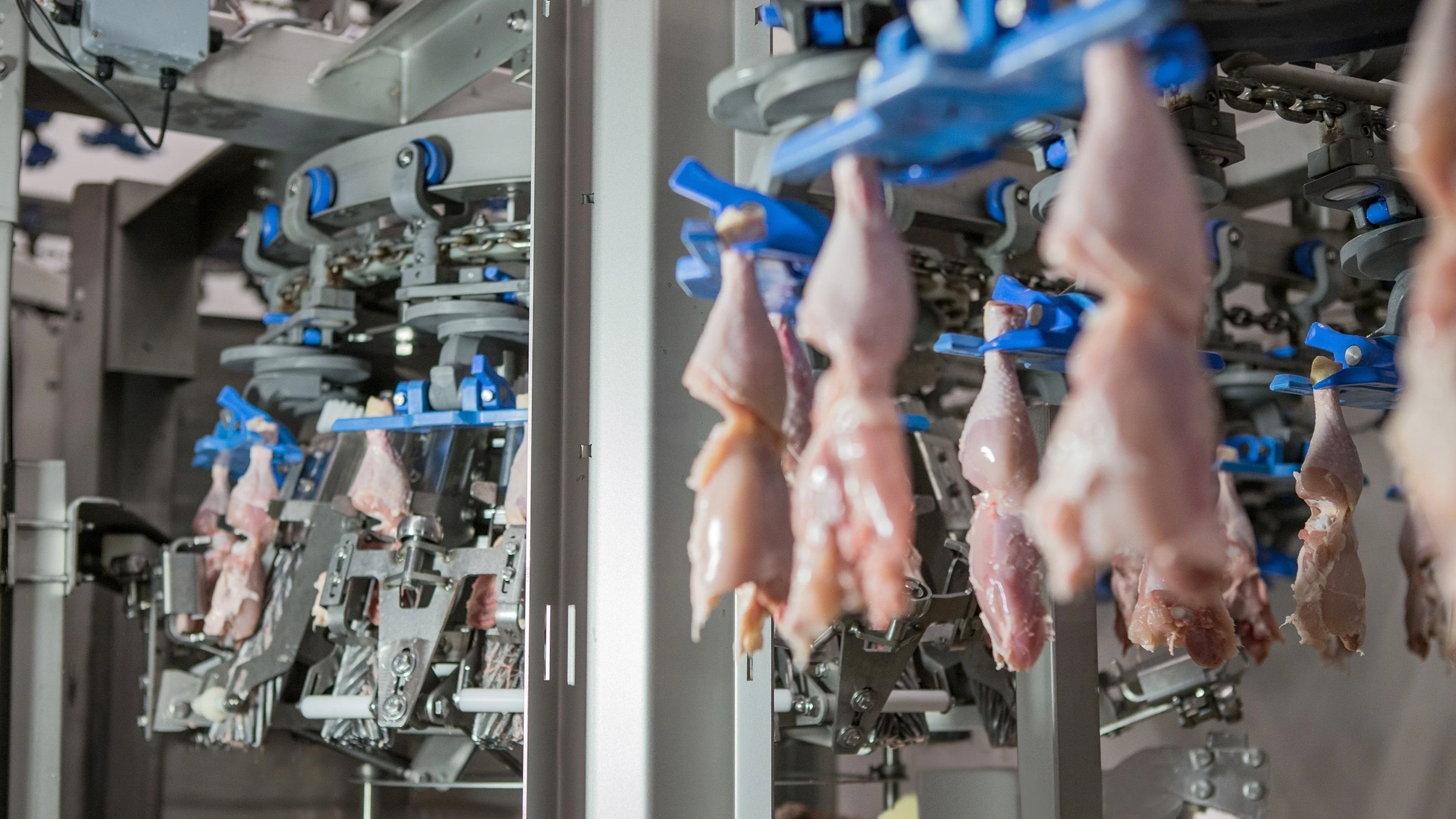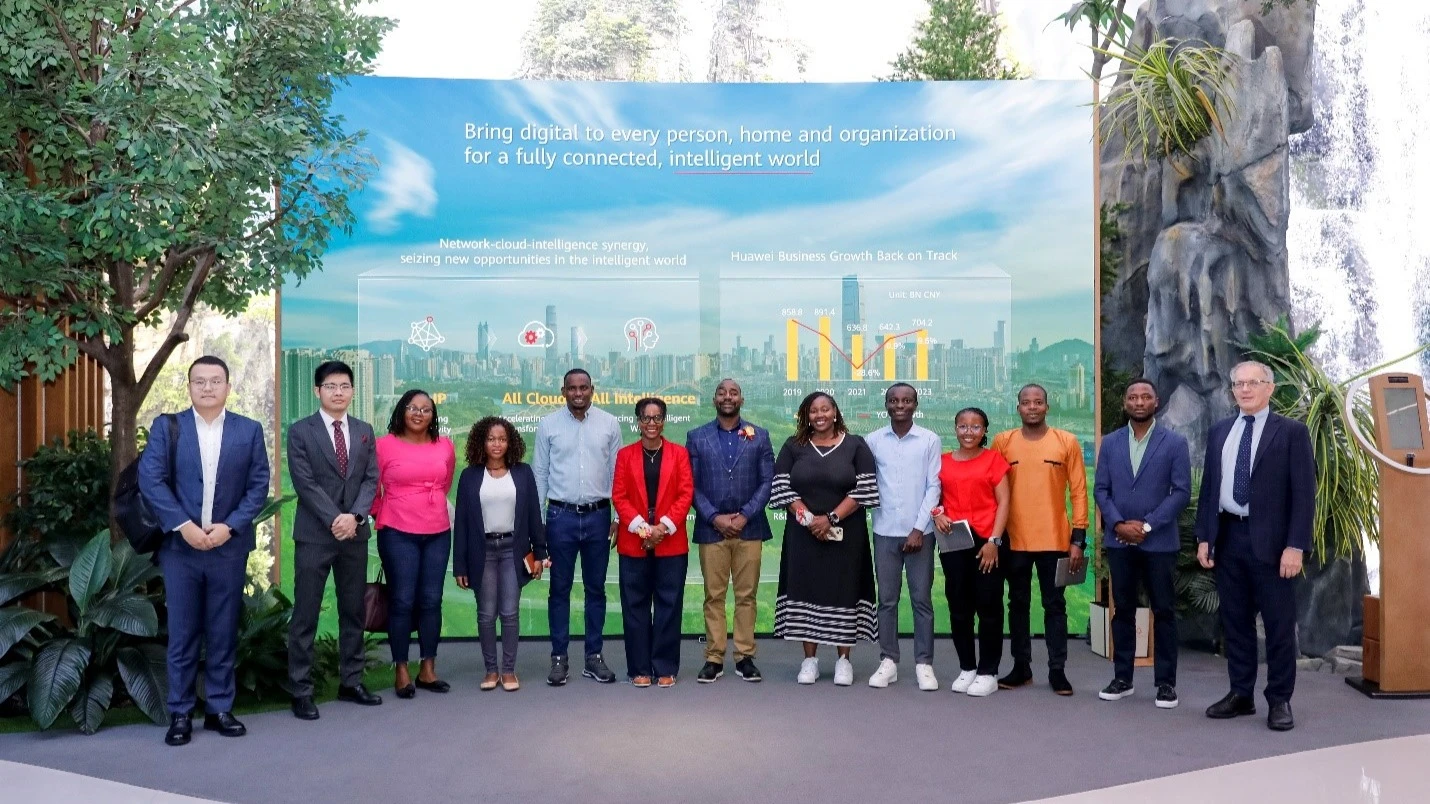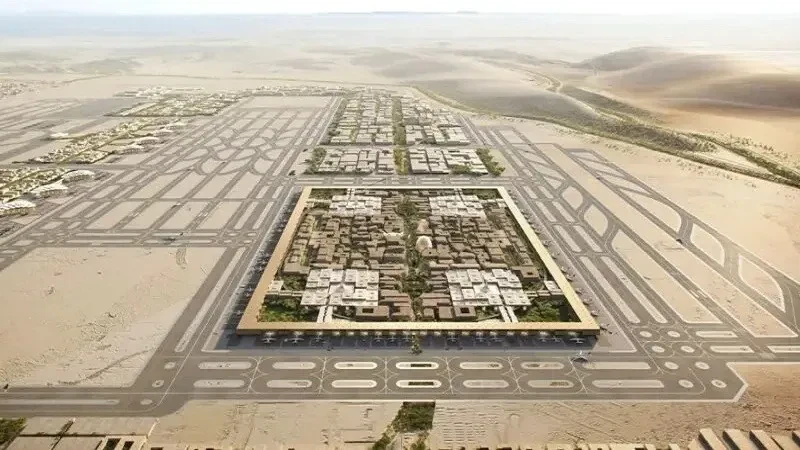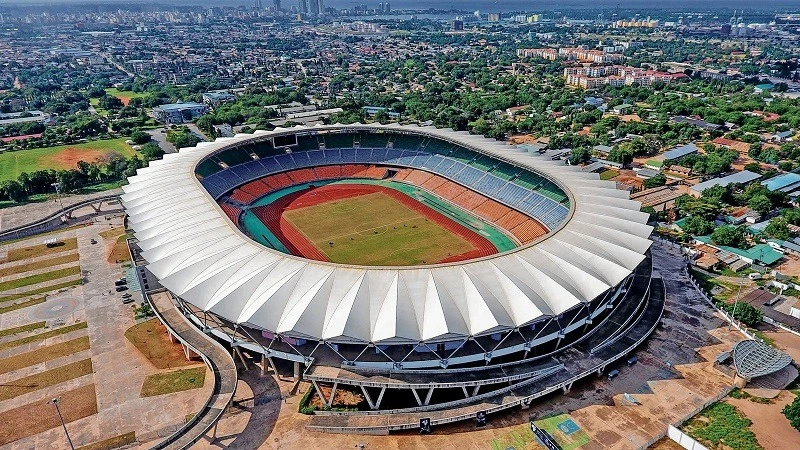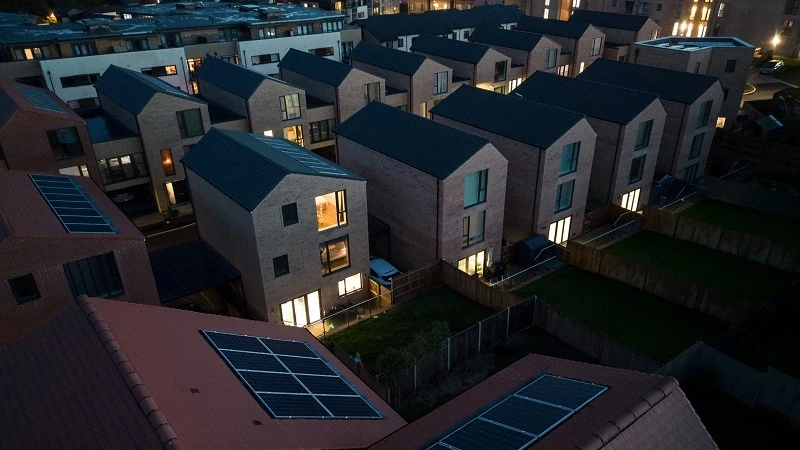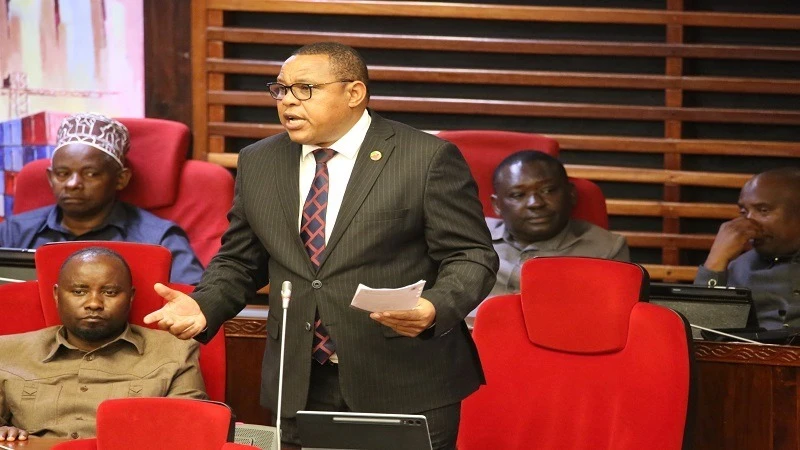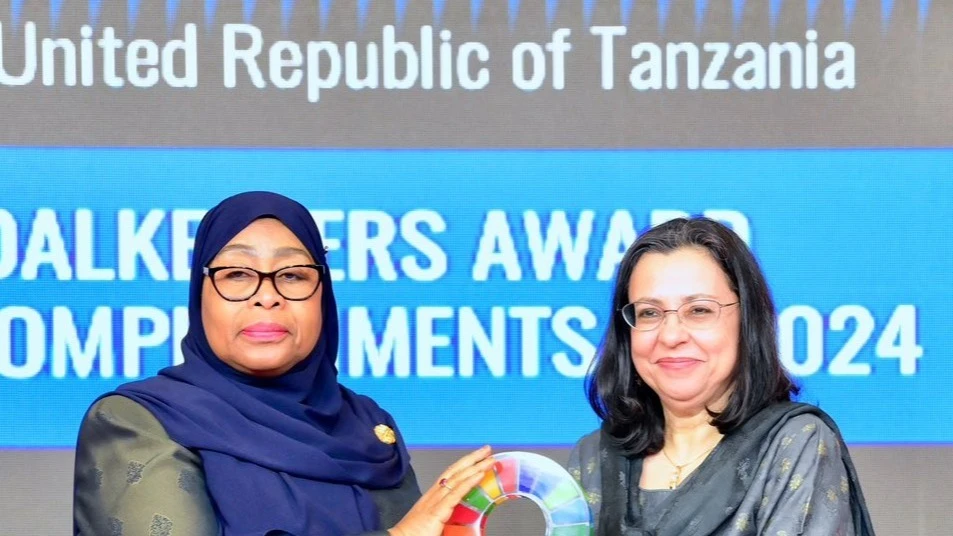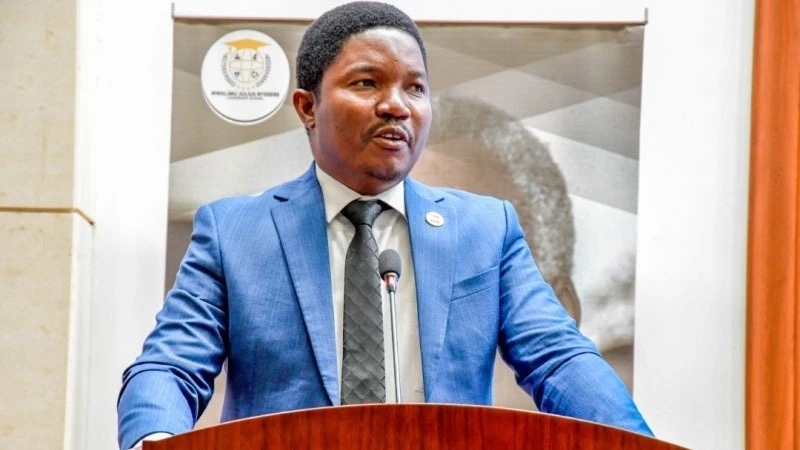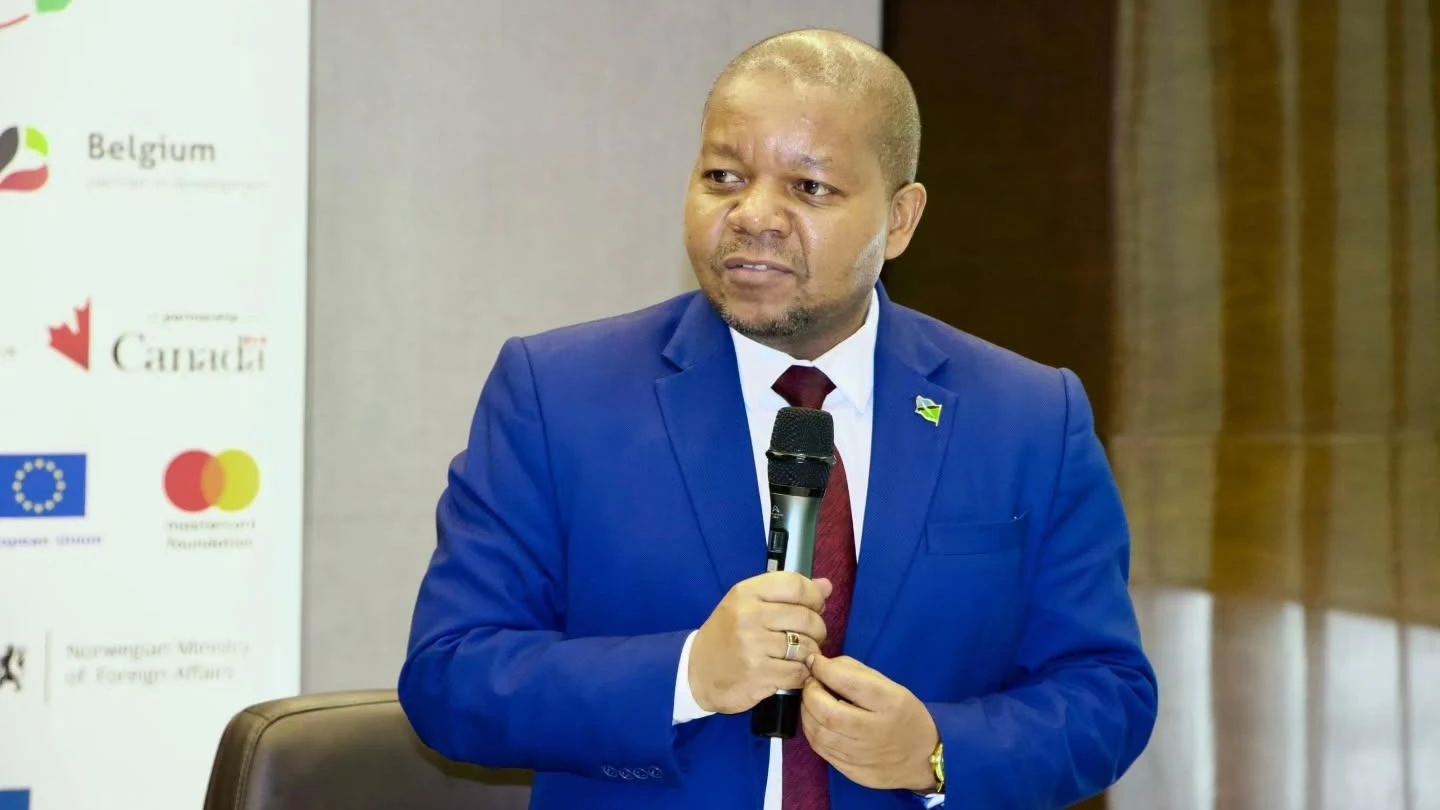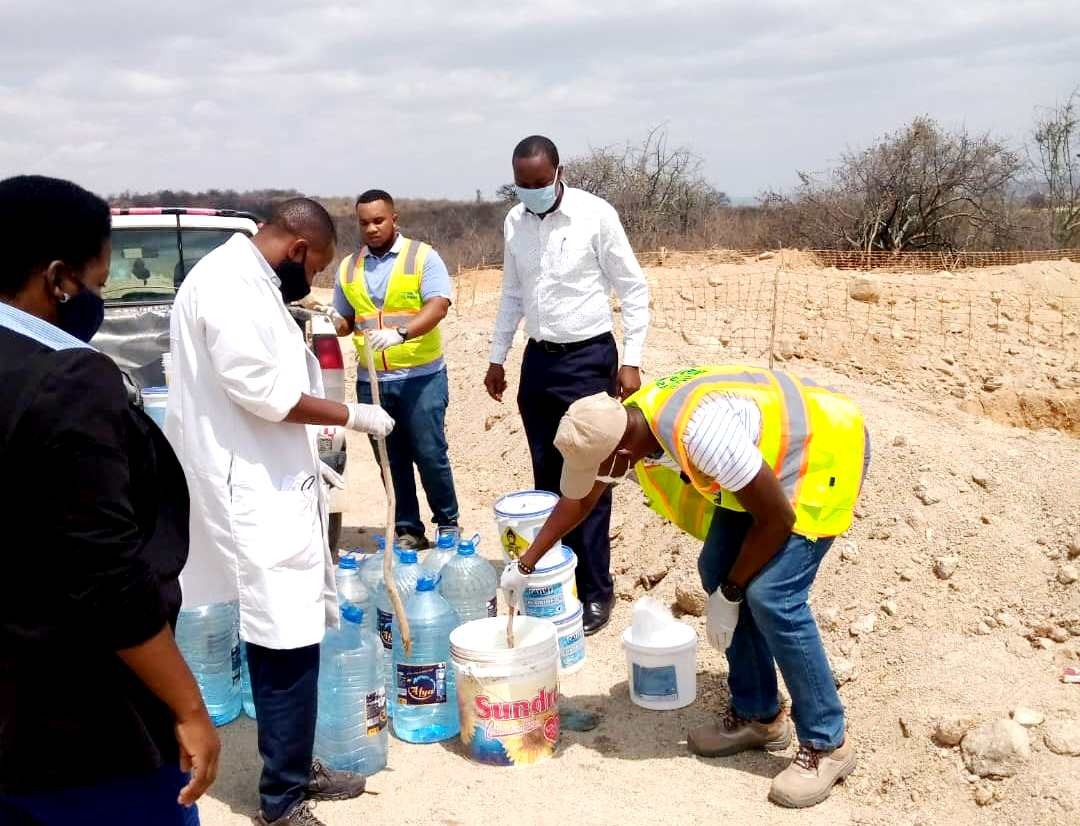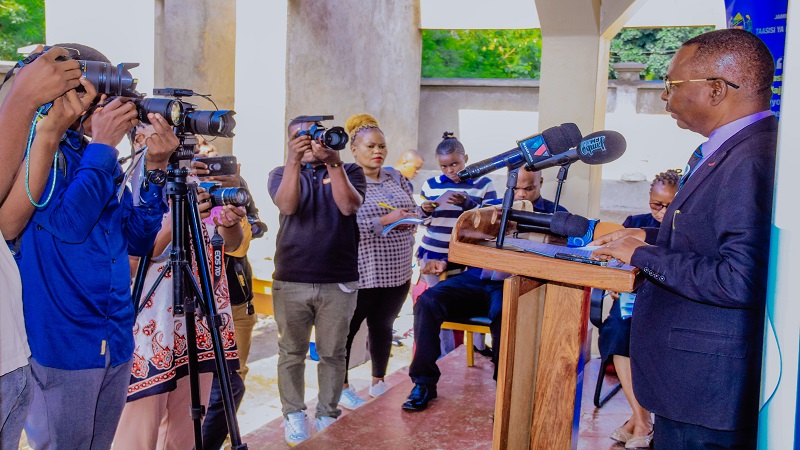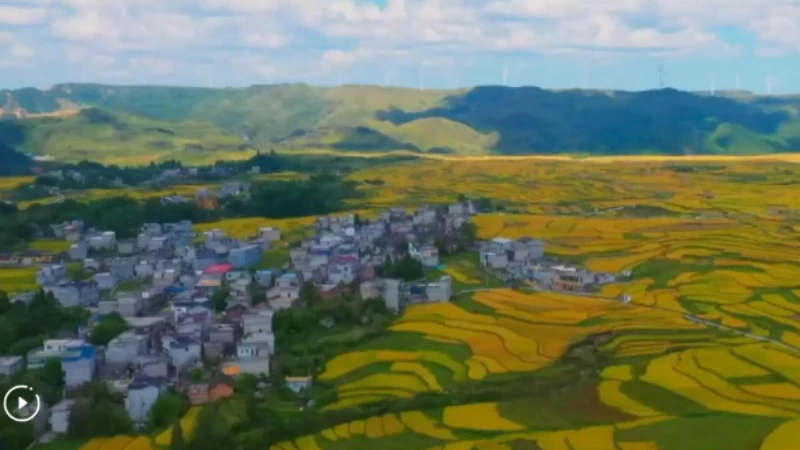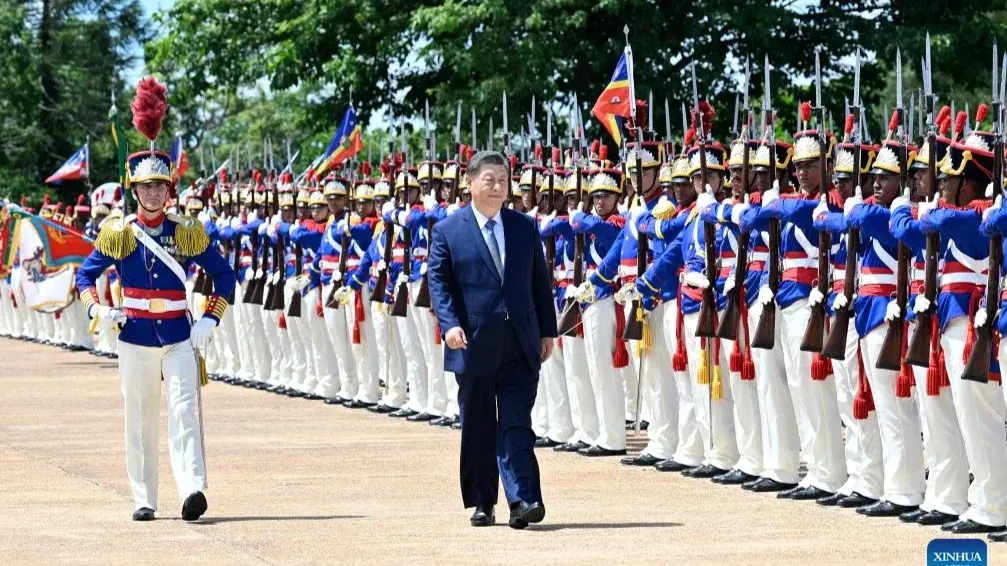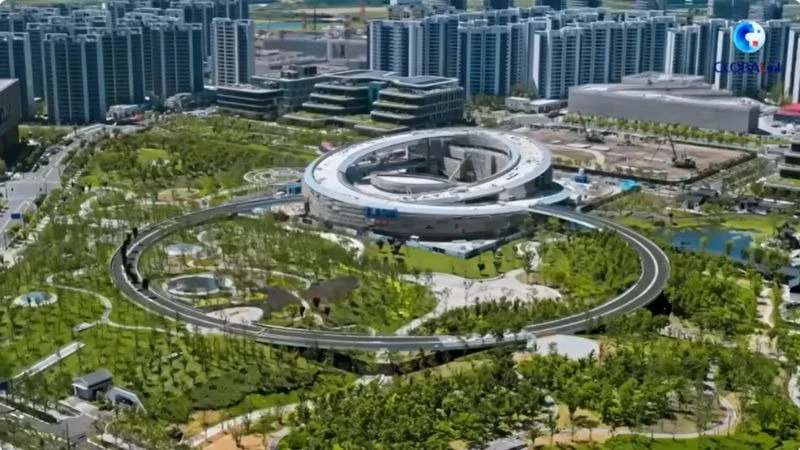Mikumi National Park spends 23bn/- to stimulate visitation

Mikumi National Park is spending 23bn/- to improve its infrastructure, which will enable the fourth largest national park to attract more tourists.
The park is confirmed wildlife sighting hotspot, which now receives over 1,000 visitors daily, is implementing two strategic projects aimed at enhancing visitor amenities and transportation infrastructure.
The project is financed under the World Bank's Resilient Natural Resources Management for Tourism Growth (REGROW) project, with the goal of enabling Tanzania's fourth-largest national park to professionally cater to the growing number of visitors.
The projects, currently progressing well, include the construction of infrastructure for staff and tourist amenities at Ruaha, Mikumi, Udzungwa Mountains, and Nyerere National Parks, as well as the construction and upgrading of the Kikoboga Airstrip at Mikumi National Park.
Records show that approximately 115,009 visitors, both local and international, toured the Morogoro-based natural preserve between July 2024 and January 30, 2025, generating over 6.4bn/-.
ZamZam Juma Yusuph, Conservation Officer II (CO II) at Mikumi National Park, said the amount collected so far represents over 89 percent of the annual revenue target of at least 6.8bn/-.
"During the 2023/2024 year, we managed to generate over 6.6bn/- from a total of 114,730 visitors. This year, we have already raised over 6.4bn/- within just six months, which is an encouraging record," she said.
She expressed optimism that the park, situated between the Uluguru and Lumango Mountains, will achieve remarkable results this year.
Adding his voice on the achievements, Mikumi National Park Assistant Conservation Commissioner Augustine George Massesa said the operation of Standard Gauge Railway (SGR) electric trains has contributed to the surge in visitor numbers.
"The operation of fast trains between Dar es Salaam and Dodoma has opened up a new niche for local tourists to visit the park, which is endowed with a wide variety of natural life," he said.
He further appreciated President Samia Suluhu Hassan for empowering the park to implement various projects aimed at improving visitor amenities.
In efforts to further position Mikumi National Park as a major tourism hotspot, Commissioner Massesa said the park has opened a friendly window for private sector stakeholders to invest in the vast national park, which spans 300 km west of Dar es Salaam along the Dar-Mbeya highway.
"Some investors have already extended their foothold in the park, but more investment is needed, especially in accommodation facilities for tourists," he said.
Providing additional details on the ongoing projects, Conservation Ranger II (CR II) Paskari Ntandu said the initiatives include the installation of a state-of-the-art Visitor Information Centre (VIC), which will feature a reception building, shops, a museum, an exhibition hall, public toilets, and car parking.
"The expansion of the Kikoboga Airstrip involves extending the runway and constructing an Aircraft Rescue and Fire Fighting Building, as well as an aircraft apron," he explained.
Due to its accessibility, Mikumi is one of Tanzania's most popular national parks. The natural preserve is known for its superb scenic plains and baobabs, making it a comfortable home for various wild animal and bird species.
The park boasts a spectacular concentration of wildlife, including rare species such as the magnificent sable antelope, African hunting dog, blue wildebeest, and Lichtenstein’s hartebeest.
The gentle foothills and vast miombo woodland savanna in the park's southern parts are particularly spectacular.
Top Headlines
© 2025 IPPMEDIA.COM. ALL RIGHTS RESERVED


